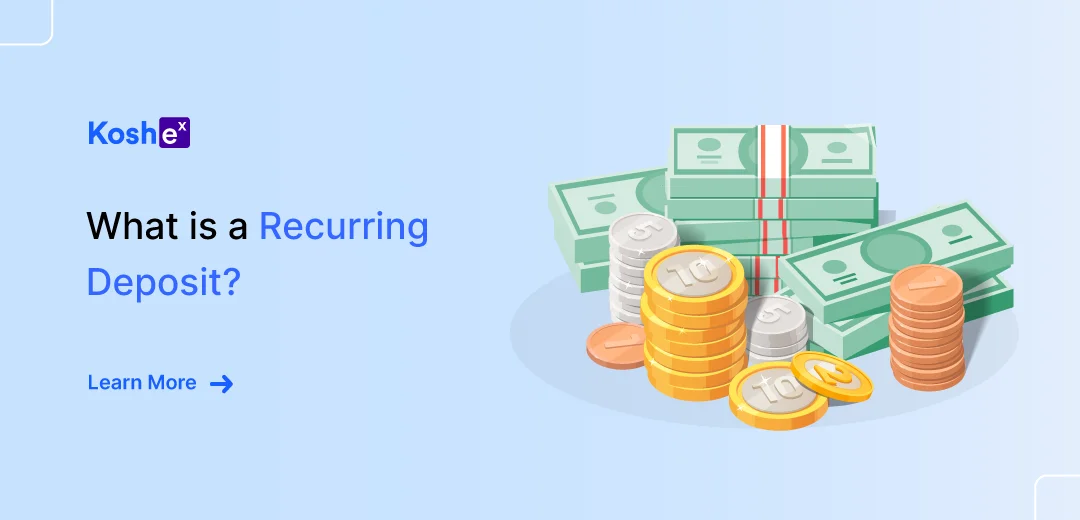Unit Allotment and NAV or Net Asset Value is one of the most important terms one must understand before investing in mutual funds. In this blog, we are breaking down everything about NAV, how it is allotted, cut-off timings and the applicability of NAV in mutual funds.
What Is Net Asset Value?
Net Asset Value is the market value of all securities held by the mutual fund scheme. NAV is the price at which investors buy (bid price) fund shares from a fund company and sell them (redemption price) to a fund company.
The NAV is determined on a daily basis and it is calculated at the end of the day based on the closing price of all the securities that the respective mutual fund schemes own after making proper adjustments.
How Is NAV Calculated?
Calculating NAV is simple and you can do it in your mind if you are one of those math wizards. If you are not, you can do so with the help of the calculator app on your phone.
The formula to calculate NAV is
NAV = (Total Assets – Total Liabilities) / Total Number of Outstanding Units
Let’s understand this further with an example. A mutual fund company (AMC) offers a new scheme for investors via a new fund offering (NFO). In an NFO, the units of a scheme are priced at ₹10. So, let’s assume that the AMC mobilises ₹1000 crores during the NFO from different investors. Since the issue price is fixed at ₹10 for the NFO subscribers, the AMC allotted units to the investors based on the total amount mobilised.
If we take the above example, the AMC has issued 100 crore units (₹1000 crores / ₹10 NAV). These units will be allotted proportionately to investors based on their respective investment amounts. So, if you invested ₹10,000 in this NFO, you will receive 1000 units.
Now, let’s take this example a step further. The amount that is mobilised in the NFO will be invested in several securities as per the scheme mandate. The important thing to note here is that the market prices of these securities will change on a daily basis.
If the portfolio asset value of the scheme increases from ₹1000 crores to ₹1050 crores. So, now the scheme NAV will be ₹10.5 (₹1050 crores / 100 crore units). Hence, your investment of ₹10,000 will now be worth ₹10,500 (₹1000 units x 10.5 NAV).
How Is NAV Allotted?
According to a circular dated September 17, 2020, the Securities and Exchange Board of India (SEBI) stated that mutual fund units will be allotted at the NAV applicable on the day of realization of funds. Here, ‘realisation of funds’ means that the NAV applicable to your transaction will depend on if the fund house has received your money or not. This rule was implemented in February 2021.
Below is the table that shows the applicable NAV during the purchase of mutual funds.
| Type Of Funds | Order Placement Time (Cut-Off) | Payment Receipt On Fund House/AMC (Cut-Off) | NAV Applicability |
Liquid Funds / Overnight Funds | Up to 1.30 PM | Before 1.30 PM | Previous Day |
| After 1.30 PM | After 1.30 PM | Closing NAV of the day immediately preceding the next business day | |
| All Other Schemes (other than liquid funds / overnight funds) | Up to 3 PM | Before 3 PM | Same day |
| After 3 PM | After 3 PM | Next business day |
It is important to note that the orders placed on Saturdays, Sundays, and other market/public holidays will be treated as orders placed on the next business day.
In some cases, if you make the purchase before the cut-off time, but funds are not received before the cut-off time, your order will be placed on the next business day. Accordingly, you will get the NAV on the next business day.
What Happens After A Mutual Fund Order Is Placed?
Below are the steps after placing a mutual fund order.
Order Placed: When you invest through Koshex, your order will be received by the platform. It will be immediately communicated to the fund house.
Cut-Off Timings Considered: The order will be checked against the cut-off time for that day.
NAV Determined: The applicable NAV is determined based on the cut-off time and the market closing prices of the fund’s portfolio.
Unit Allotted: The number of units allotted to you is calculated using the below formula.
Units Allotted = Investment Amount / Applicable NAV
The units will be allotted to your mutual fund account based on the calculated NAV.
Confirmation: You will receive a confirmation of the transaction, including the number of units allotted and the applicable NAV. You can also check the status on your Koshex dashboard.
Once your order is placed, you can redeem or switch your units. You can also track the performance of your investment from the Koshex dashboard.
In Conclusion…
Understanding NAV is extremely important to understand how many units you will get allotted, as well as, help you with other decisions you will make regarding your redemptions and switching. We hope this blog helped you understand everything about NAV and cut-off timings for NAV allocation.
If you wish to invest in mutual funds, check out Koshex today. You can also check out our other blogs, covering financial markets, mutual funds, and personal finance.









Leave a Comment